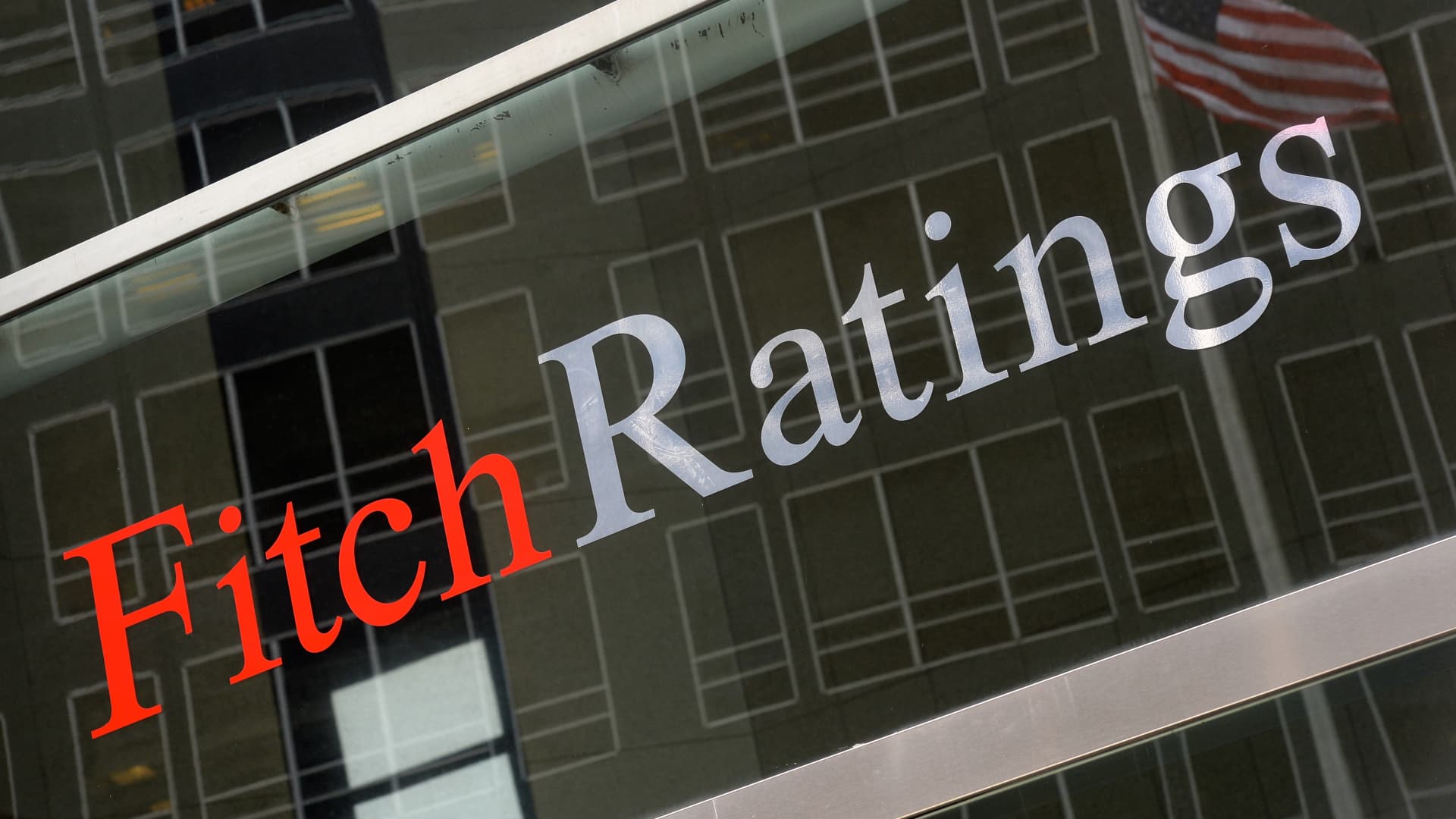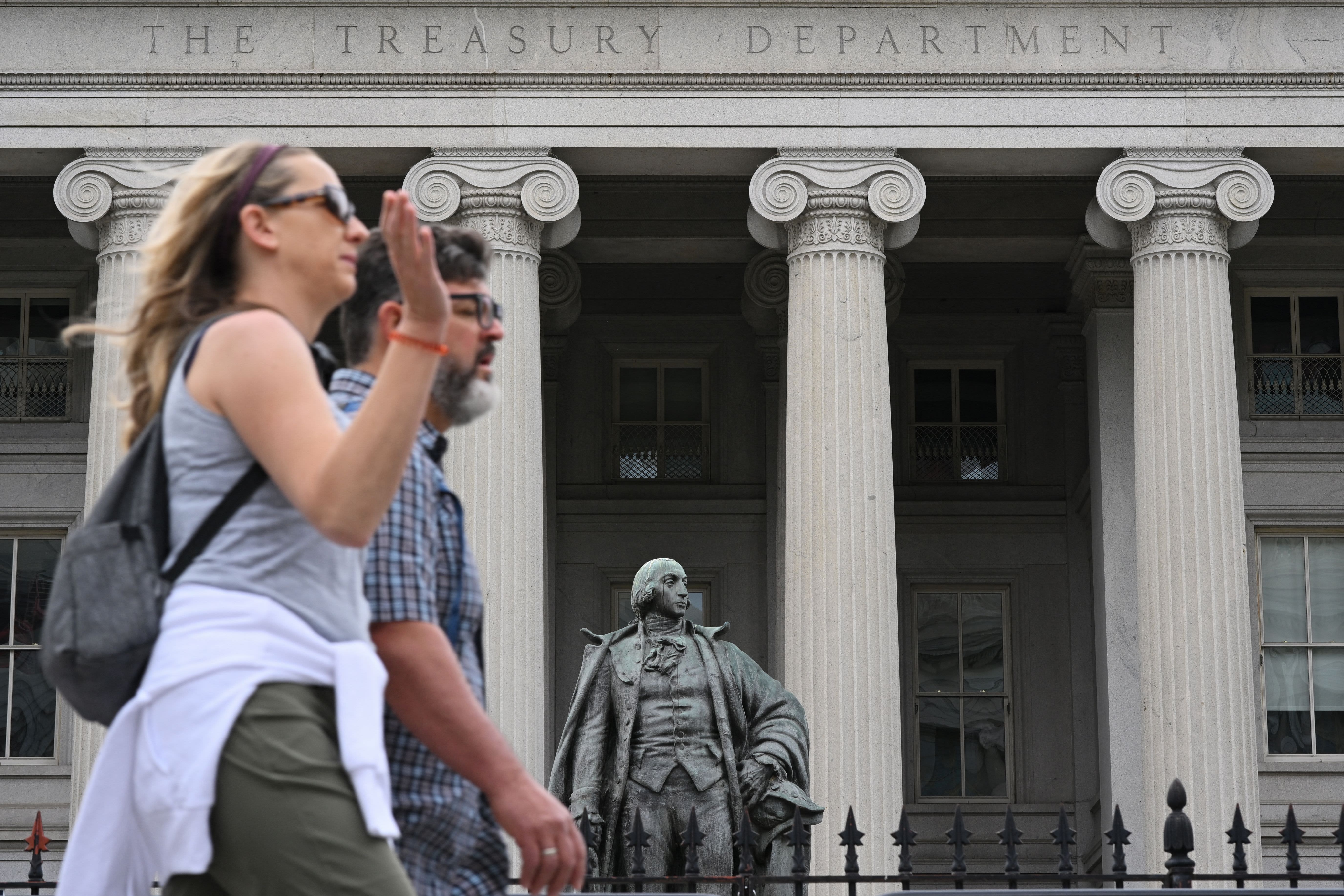Growing political instability means the U.S. will not regain its AAA rating with Fitch for the foreseeable future, according to Elliot Hentov, head of macro policy research at State Street Global Advisors.
Global stock markets fell sharply on Wednesday after ratings agency Fitch downgraded the United States’ long-term foreign currency issuer default rating from AAA to AA+, citing “expected fiscal deterioration over the next three years” and an erosion of governance in light of “repeated debt-limit political standoffs and last-minute resolutions.”
related investing news
Big-name bank bosses and economists dismissed the decision, saying it “doesn’t really matter,” and Hentov agreed that he did not think it was a “material development.”
“The ratings are basically a slow-moving signal,” he told CNBC’s “Squawk Box Europe” on Thursday.
“I think it does not take a grand sovereign and analytics genius to understand that the fiscal profile of the U.S. is much worse than it has been, the governance in charge of public debt is much worse than it has been, and it’s frankly not comparable to any of the other AAAs out there.”
Hentov was part of the Standard & Poor’s team that famously downgraded the U.S. government’s credit rating in 2011, citing political polarization after a prolonged and fraught squabble in Washington over raising the debt ceiling.
In May of this year, another standoff between the White House and opposition Republicans over raising the U.S. debt limit once again pushed the world’s largest economy to the brink of defaulting on its bills, before President Joe Biden and House Speaker Kevin McCarthy struck a last-minute deal.
Asked if the U.S. was likely to regain its “risk-free” AAA rating from Fitch anytime soon, Hentov responded with a flat “no.”
“That’s the short answer, unless you imagine that U.S. politics takes a turn for a much more stable, predictable path.”
Jim Reid, head of global economics and thematic research at Deutsche Bank, said that despite the debt ceiling dispute parallels, the August 2011 downgrade from S&P came against a very different political backdrop.
“The debt ceiling fight and downgrade happened concurrently. In addition the S&P was the first to downgrade the U.S. from AAA and the immediate shock was far more profound than it could be with a second agency doing it 12 years later,” he said.
Meanwhile, the Federal Reserve had been cutting rates and committed at its August policy meeting to keep rates at an “exceptionally low level until at least mid-2023,” Reid highlighted in an email Wednesday.




